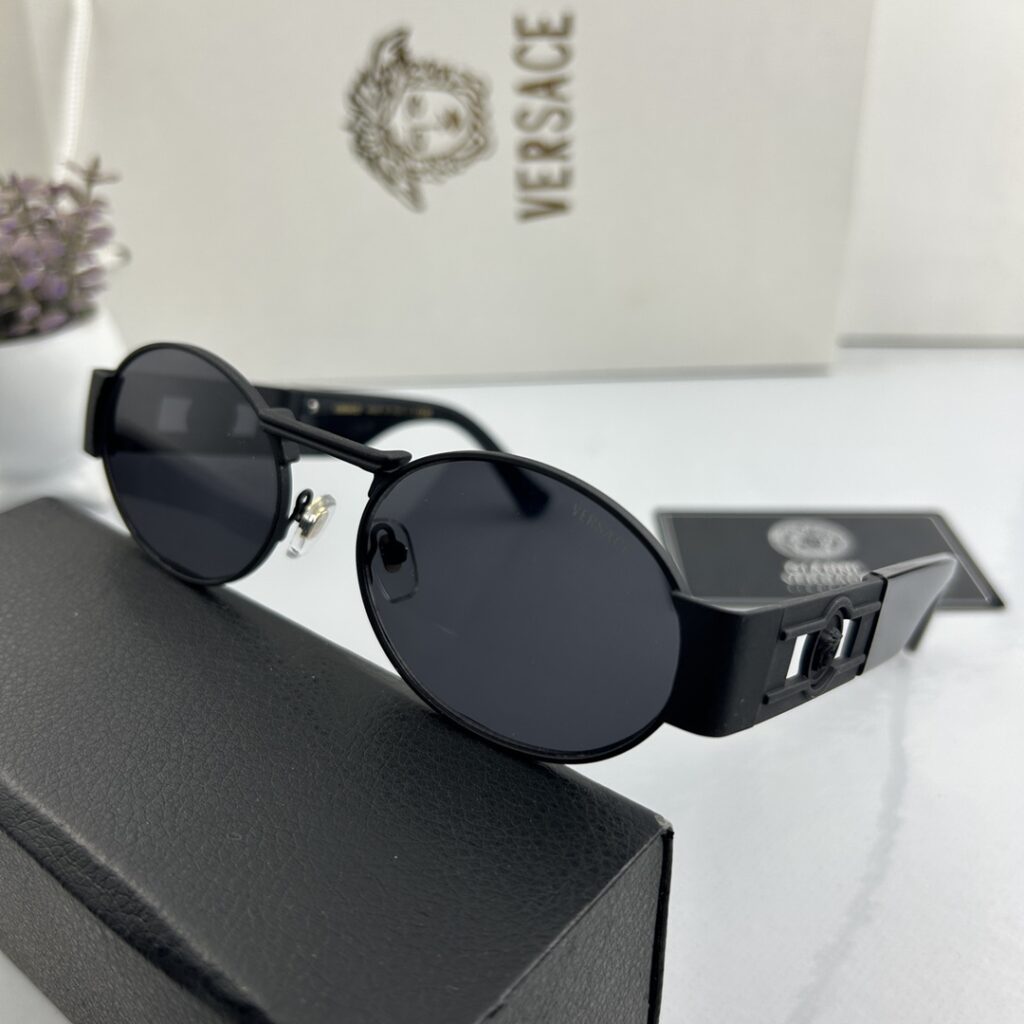When it comes to choosing sunglasses, most people focus on style and comfort. However, one crucial factor that often gets overlooked is UV protection. UV (ultraviolet) rays from the sun can be harmful to our eyes, and wearing sunglasses with adequate UV protection is essential for maintaining good eye health.
How UV Protection Works
UV protection in sunglasses works by blocking or filtering out the harmful UV rays from the sun. There are three types of UV rays: UVA, UVB, and UVC. UVA rays have the longest wavelength and can penetrate deep into the skin and eyes, contributing to premature aging and increasing the risk of certain eye diseases. UVB rays have a shorter wavelength and are responsible for sunburns and the development of skin cancer. UVC rays have the shortest wavelength and are mostly absorbed by the Earth’s atmosphere, so they are less of a concern.
The UV protection in sunglasses is achieved through various means:
- Using lenses that have a special coating or material that blocks or absorbs UV rays.
- Adding a UV-blocking chemical to the lens material during manufacturing.
- Using polarized lenses that reduce glare and provide additional protection against harmful UV rays.
It is important to note that the darkness of the lens does not necessarily indicate the level of UV protection. Even clear lenses can provide adequate UV protection if they are designed specifically for that purpose.
Why UV Protection is Crucial for Eye Health
Exposure to UV rays can have serious consequences for our eye health. Prolonged and unprotected exposure to UV radiation can lead to various eye conditions, including:
- Cataracts: UV rays can contribute to the development of cataracts, a clouding of the eye’s natural lens that can cause blurry vision and eventually lead to blindness if left untreated.
- Macular Degeneration: UV rays can damage the macula, the central part of the retina responsible for sharp, central vision. This can result in a loss of detailed vision and can progress to permanent vision loss.
- Pterygium: Also known as “surfer’s eye,” pterygium is a growth of tissue on the white of the eye that can cause redness, irritation, and blurred vision. UV exposure is a significant risk factor for its development.
- Photokeratitis: This is essentially a sunburn of the eye, often referred to as “snow blindness” or “welder’s flash.” It can cause temporary vision loss, eye pain, and sensitivity to light.
These are just a few examples of the potential harm that UV rays can cause to our eyes. By wearing sunglasses with proper UV protection, we can significantly reduce the risk of developing these conditions and protect our long-term eye health.
Choosing Sunglasses with UV Protection
When selecting sunglasses, it is essential to look for those that offer 100% UV protection. This means they block both UVA and UVB rays. The sunglasses should be labeled as having UV400 protection or indicate that they block 100% of UV rays. Additionally, it is advisable to choose sunglasses that wrap around the sides of the face or have large lenses to provide maximum coverage and minimize UV exposure from the sides.
It is also worth noting that UV protection is not limited to sunglasses. Many regular eyeglasses now come with built-in UV protection. If you wear prescription glasses, consider getting lenses with UV protection to ensure your eyes are adequately shielded from harmful UV rays.
Conclusion
UV protection in sunglasses is not just a fashion statement; it is a crucial factor in maintaining good eye health. By wearing sunglasses with proper UV protection, we can shield our eyes from the harmful effects of UV radiation and reduce the risk of developing various eye conditions. Remember to choose sunglasses that offer 100% UV protection and consider getting UV protection for your regular eyeglasses as well. Taking these steps will help ensure that your eyes stay healthy and protected for years to come.

